FERTILIZE

Hold off on fertilizer for lawns and ornamental plants. If you must, use liquid fertilizers and water deeply.
WATER

It seems counter intuitive, but fruit and nut trees need extra water this month to start creating fruit buds for the following year. Water trees deeply and slowly.
PLANT

Add fall bloomers toward the end of the month, and make sure to water as needed.
SOIL
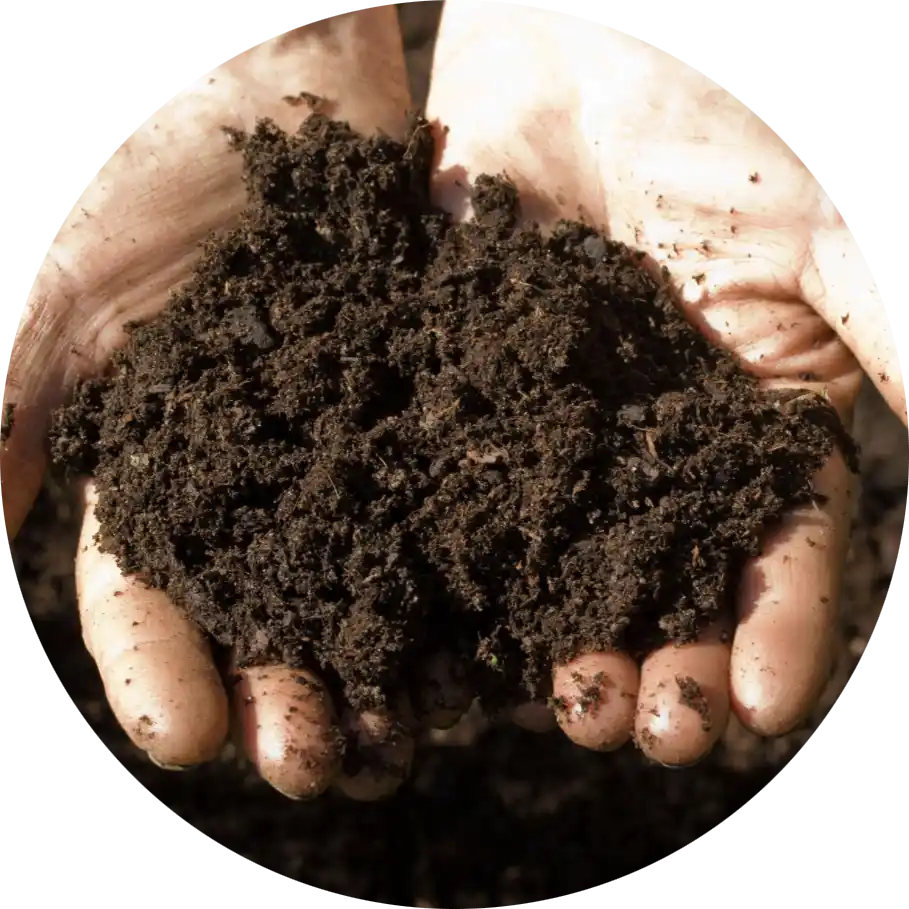
Replenish mulch. Re-start the compost pile so you’ll have plenty of finished compost next month for fall gardening, or research soil yards for best compost to purchase.
LAWNS
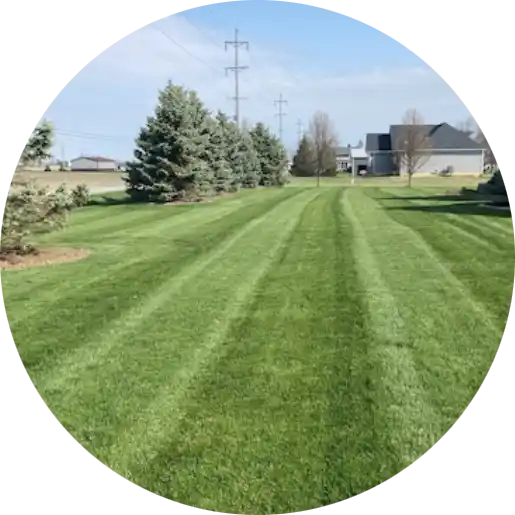
Mow only enough to remove one-third of the leaf blade each time you mow and follow recommended mowing heights. Leave the clippings on the lawn to replenish organic matter. Avoid weed killers – most not recommended with temperatures above 85° F.
DISEASE/PEST
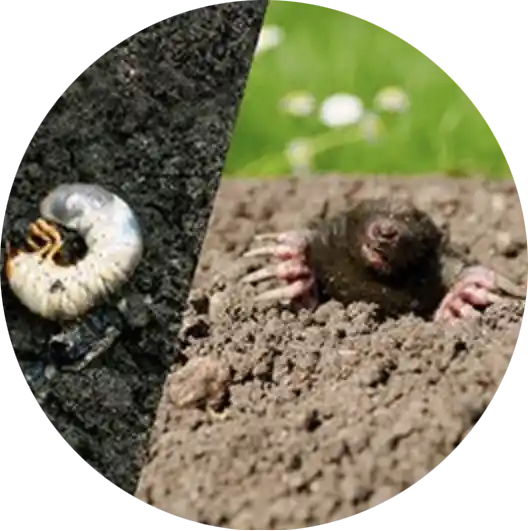
Watch for tree borers and spot treat with horticultural oil. Avoid getting the oil on leaves. Watch for grubs, chinch bugs and fire ants. Treat as needed. See the Grow Green FAQ sheets for least toxic solutions. Blast water on the undersides of leaves to remove spider mites and aphids. Fall webworms start to appear this month. Use a pole or blast of water to break open the webbing to allow birds and wasps access to the caterpillars.
MAINTENANCE
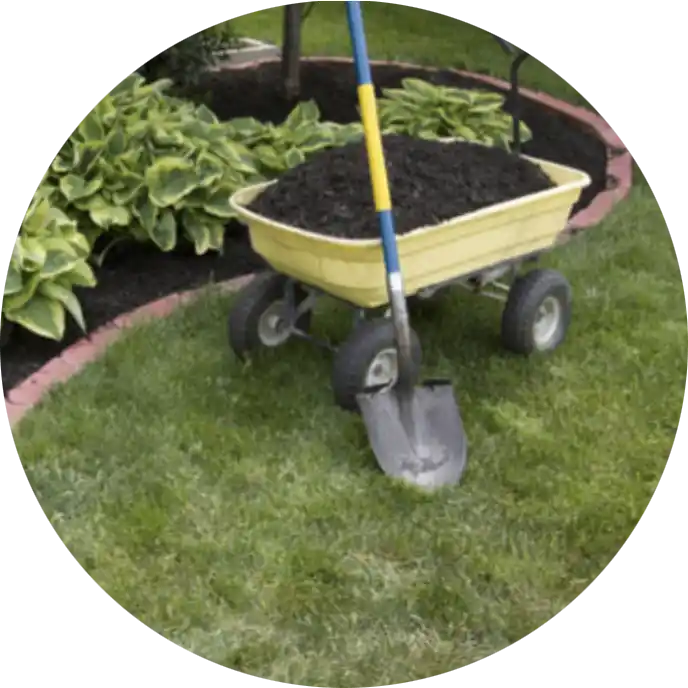
Prune roses back by one-third to encourage fall blooms. Deadhead flowers. Remove spent blooms and seed pods from Crape Myrtles for continued bloom. Keep weeding, being careful not to let the plant go to seed. Sow wildflower seed, especially bluebonnets. Stay hydrated when working outside and take advantage of slightly cooler morning and evening temperatures.
GARDEN
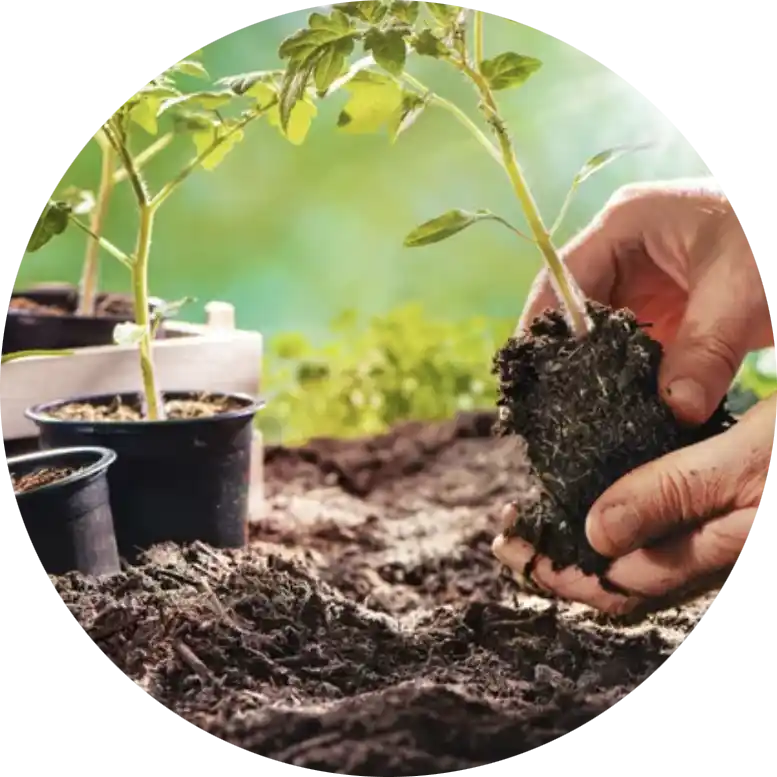
Plant your last round of green beans, cucumbers, and squash late in the month, using varieties that produce in 60 days or less. Plant seeds for brassicas, Swiss chard and other fall vegetables indoors under grow lights or outside in a bright shady spot. Seedlings will be transplant size in about 6 weeks. Extend your harvest by planting a few seeds a week or so apart so that plants will mature at different times. For fruiting crops, make sure they have a reliable irrigation schedule so that they will continue to produce through the heat. Remove any spent or diseased plants in preparation for fall planting. Keep peppers and eggplant growing strong with a regular supply of moisture and a dose of water-soluble fertilizer every two weeks; they love fall weather and will produce right up until frost.
TREECARE
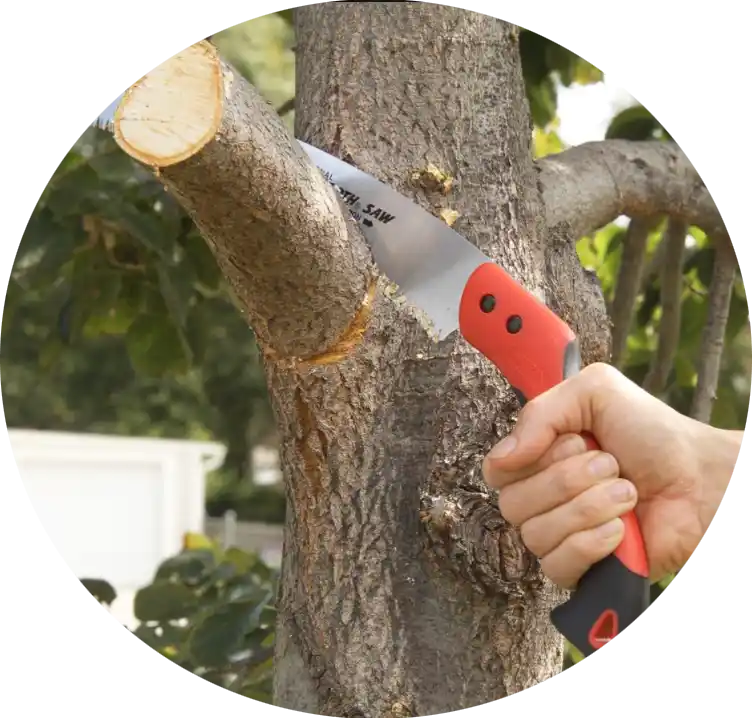
What you can do:
- Recognize any early fall color as an indicator of plant stress and low plant vigor.
- Keep fruit trees nourished and watered during summer months.
- Schedule fall planting.
- Pay attention to mosquitoes.
Consider requesting a professional to:
- Root injections of Mycorrhizal and Humates for Summer Tree & Shrub Stress Control
- Identify potentially hazardous trees prior to windy season.
- Remove dead or hazardous trees.
- Prune ornamentals, shade trees, and shrubs.
- Summer insect control.
- Spray landscape for mosquito control.
- Oak wilt inspection.
- Acorn Reduction injections (30%-50% reduction in acorn drop at 50/50 % success rate for following acorn season).

